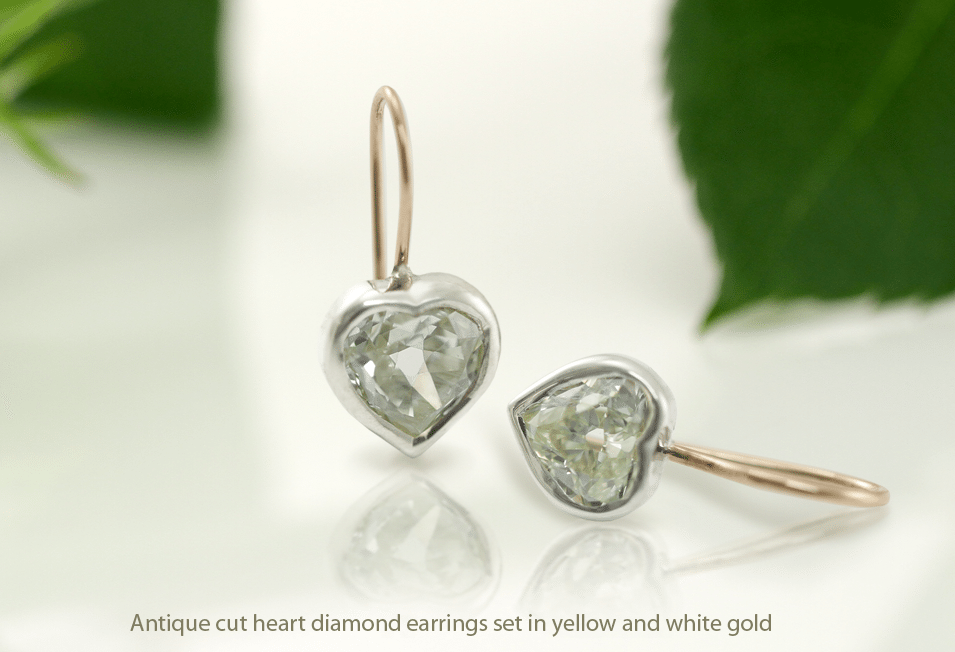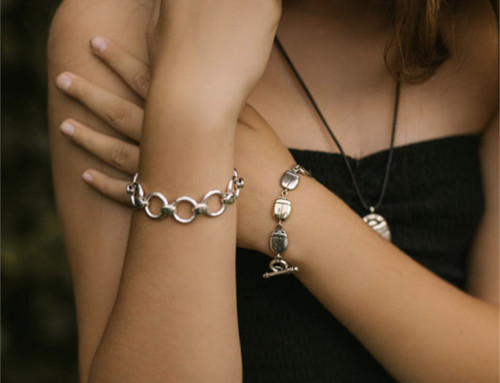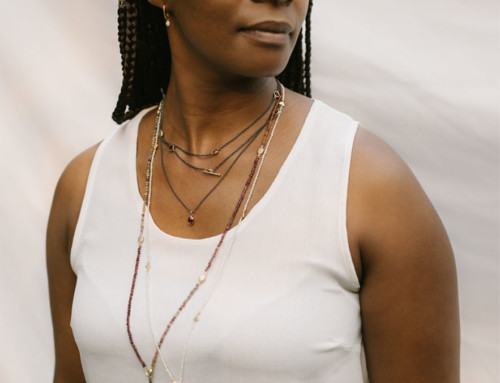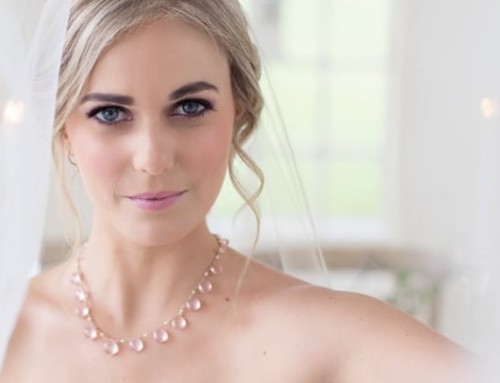Antique Diamond Cuts vs. Brilliant Diamond Cuts
Antique Diamond Cuts have been growing in popularity among those in the know. What is it and how does it compare to the modern Brilliant Diamond Cuts we mostly associate with the precious stone today? Here’s a brief history and overview:
A story about how a diamond got its sparkle
When you study a diamond, you have to marvel at the forces of Nature; the intense heat at Earth’s core, which melted the rock and pushed the volcanic magma towards its surface. That magma then cooled sufficiently to form kimberlite and lamproites ‘pipes’. The name diamond is derived from the ancient Greek ‘adámas’, meaning proper, unalterable or unbreakable. Diamond is the hardest known natural material on both the Vickers and the Mohs scale.
Diamonds are extremely hard, yet brittle. They can split up with a single blow. As a result, diamond cutting is a delicate procedure requiring incredible skill and experience, scientific knowledge and the right tools. The ultimate aim is to cut a faceted stone, with specific angles to optimise the lustre or the dispersion of white light. After cutting, the diamond is then shaped by polishing which is extremely time-consuming.
Cuts and definitions
Diamonds cut using the old techniques may exhibit less fire and brilliance than the modern brilliant 58-facet cut, though they are sometimes preferred for their warmer, romantic glow. Recently, these antique cuts have experienced renewed popularity. Diamonds cut using the old techniques are becoming increasingly sought after and desirable. These include the rose cut, the old mine cut and the European cut.
In the early 1900s, diamond cutters began to experiment with new techniques. A breakthrough came in 1919, with the introduction of the round brilliant cut. This cut was prevalent during the Art Deco and Retro periods. Due to its ability to maximise lustre and brilliance, the cut became the standard and most popular way to cut diamonds.
Popularity and style
Enhancing the appeal of hand-made items, old cut stones have increased in popularity each year. People are very taken with gems using this old cut – its perfect for those who enjoy the concept of owning a piece with some form of provenance. What better way to show off your bespoke piece than with an antique cut diamond.
The design of your diamond piece of jewellery will dictate what style of cut you choose. Antique diamonds work well with filigree (a decorative design with ornate and delicate detail); or milgrain (tiny beading detail along the edge of a piece). Interestingly they also look fantastic in a contemporary design piece, where the juxtaposition of old stone and modern design displays its individual charm.
Antique is a modern trending genre in engagement ring styling. A word of caution, though: antique diamond cuts should not be used together with modern cuts as the brilliant diamond cuts will out-sparkle the older cuts. Your jeweller is the ideal person to advise on style and trends, and how best to show off your stone.







Leave A Comment